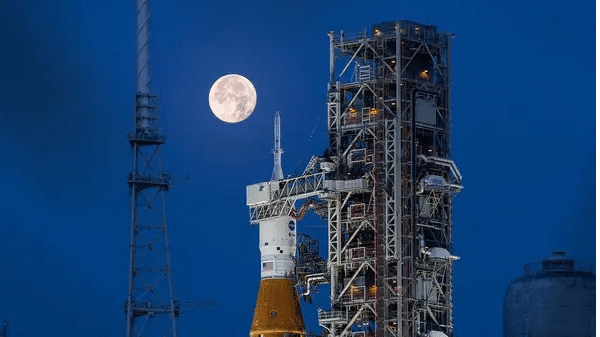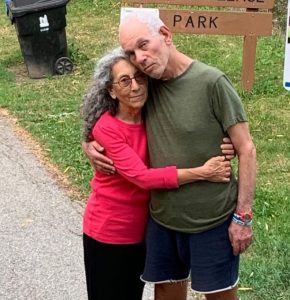The Artemis programme is NASA’s first attempt to establish the first of its kind long-term presence on the Moon. This is the space agency’s first attempt to explore how humanity will adapt to living outside of Earth.
In addition, by creating a permanent to semi-permanent habitat on the Moon, NASA is hoping that the lessons learnt there will help scientists put the first astronauts on the Moon.
The Artemis programme has a lot of moving parts which will help humanity establish a foothold on the Moon, it includes the long-term lunar orbital platform, the moon base, the takeoff and lunar landing systems. All of these together will help NASA in their research. Here are the different aspects of the Artemis programme
Orion Spacecraft
The Orion Spacecraft is NASA’s first time building a vessel capable of deep-space exploration. The spacecraft is being designed to be able to take humans as far as Mars and will be capable of carrying astronauts to space, sustain them through their missions and when they’re coming back to earth, provide safe return. It will be launched on NASA’s new Space Launch System.
Space Launch System
The SLS is the most powerful rocket to ever be designed in the world, according to NASA. Much like the Orion Spacecraft, the SLS is designed for deep-space missions. It will be responsible for sending cargo to the moon. Currently, NASA plans to have six different variations as the Artemis programme evolves after the first manned mission to the moon in a generation.
Gateway Spacecraft
This is NASA’s attempt to build a lunar orbital platform which will act as a waystation for astronauts who will be living on the Moon. In addition, the platform will have space for crews to live and work, as well as for scientists to conduct research on heliophysics, human health as well as life sciences. The Gateway Spacecraft is being built in association with many other private American space companies.
Living on the Moon
NASA has partnered with private space companies in an effort to design and build human landers with a focus on long-term lunar access and reusability of lunar landing systems.
This includes creating a lunar terrain vehicle to use to traverse the moon as well a habitable mobility platform that will allow astronauts to traverse the moon for up to 45 days as well as a surface habitat that will let up to four people stay on the surface for short periods of time.







